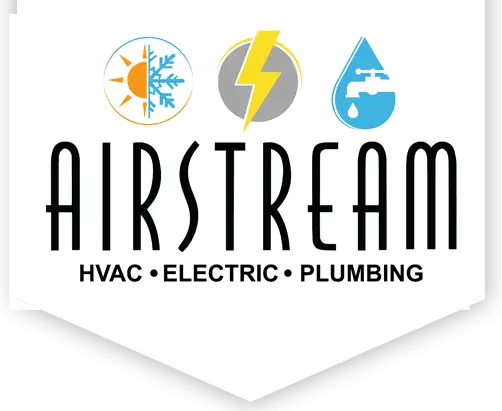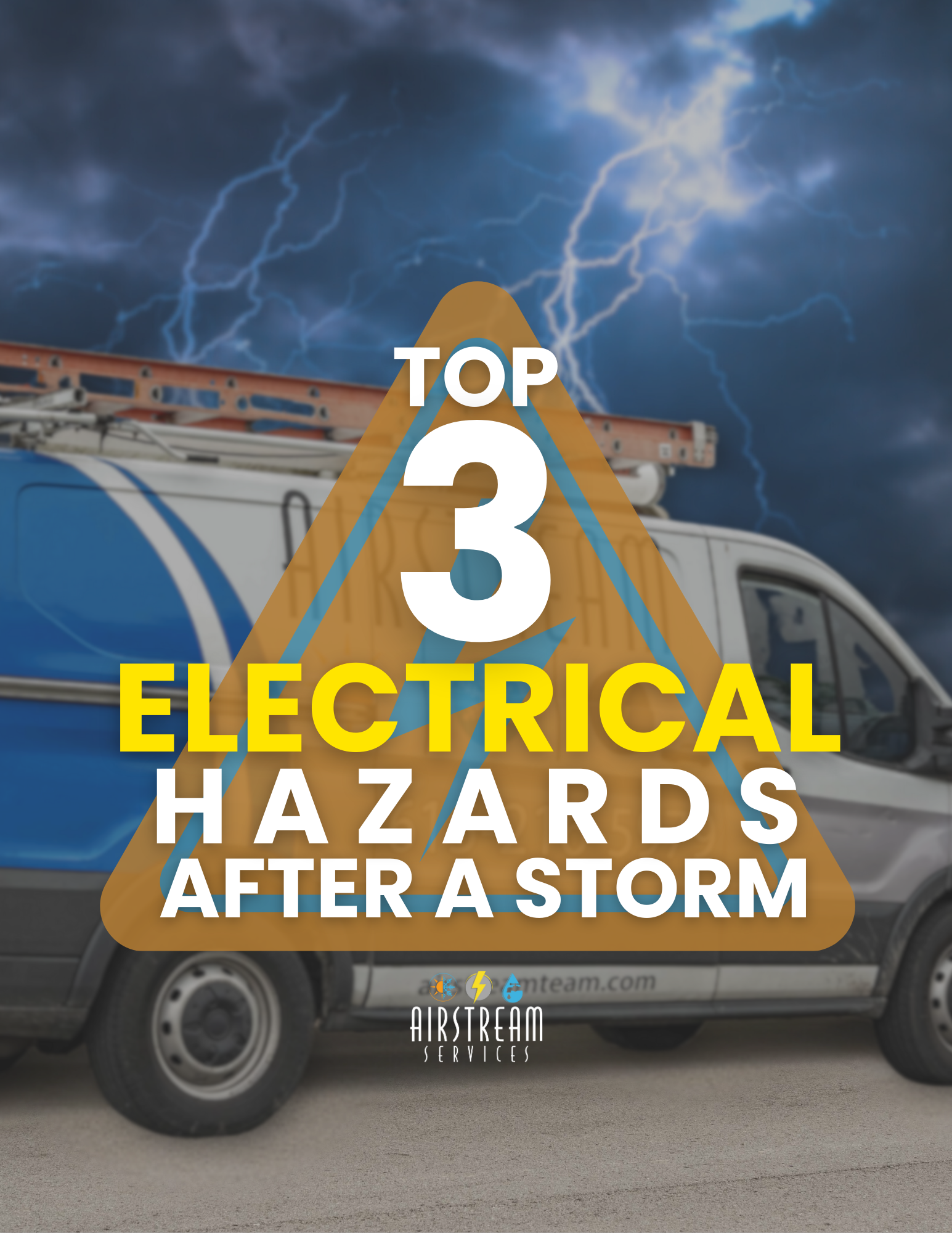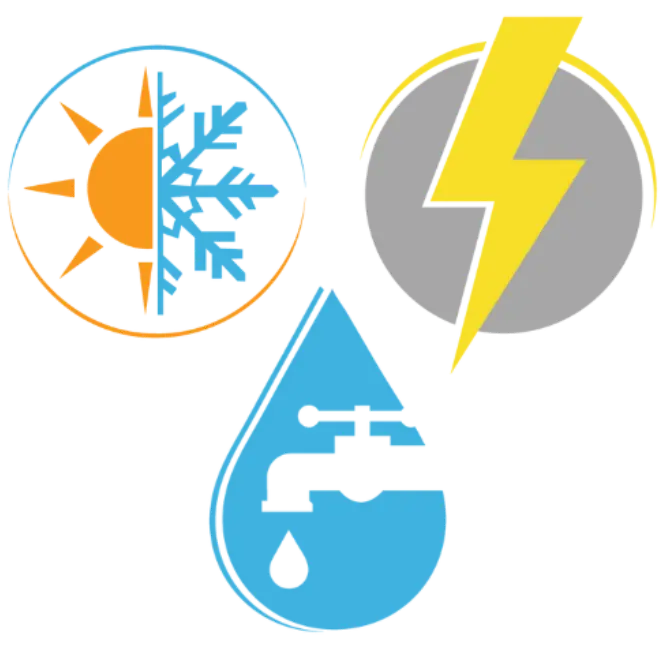
Power Surges Explained: Causes, Prevention, and Why Your Home Needs Protection
Power surges are a homeowner’s nightmare. These short, unexpected spikes in voltage can damage electronics, appliances, and even your home’s wiring. Surges can occur due to lightning strikes, power grid switching, or even when large appliances cycle on and off. In this article, I’ll break down what causes power surges, the types of damage they cause, and how you can protect your home with the right surge protection solutions. After years of working on electrical systems throughout Middle Tennessee, I’ve seen firsthand how one surge can destroy thousands of dollars in equipment. Let’s explore how to keep your home and devices safe.
I know that dealing with electrical issues isn’t always straightforward. But having all the right information can make a huge difference—from identifying the sources of surges to choosing effective surge protectors. In this article, expect clear instructions and real-world examples that tie into common industry keywords like “electrical surge,” “surge protector,” “circuit breaker,” and “power outage.” Let’s dive in and learn more about these unexpected events and how you can reduce their risk.
Understand Power Surges and Their Impact on Electrical Devices
Power surges are sudden increases in voltage that occur over a brief period and can severely affect your home’s electronic and electrical systems. The initial spike in voltage can overwhelm delicate circuitry within appliances, cause irreparable damage to electronics like computers and televisions, and even lead to a complete breakdown of your electrical wiring over time. In my experience, diagnostic tests often reveal that a malfunctioning appliance isn’t necessarily due to faulty components but can be traced back to repeated voltage spikes.
When discussing power surges, it’s important to understand that they can stem from multiple sources. For instance, lightning strikes, while dramatic, are among the most potent sources that inflict severe damage. Even in the absence of storms, everyday activities—such as switching high-demand appliances on or off—can create smaller surges that accumulate damage over time. The risk is compounded in older homes where wiring might not comply with current safety codes. As a contractor, I always advise homeowners to keep an eye on these risks, especially during peak storm seasons or after noticeable electrical fluctuations. The Electrical Safety Foundation International (ESFI) provides excellent visuals and safety tips for preventing surge-related hazards at home.
Learn the Various Types of Power Surges and Their Conditions
There are different types of power surges, each with unique characteristics and conditions that determine the extent of damage they can inflict. Understanding these types is essential for protecting your home effectively. One of the primary distinctions lies between internal and external surges. External surges are usually brought about by natural phenomena such as lightning or sudden changes in power supply from the grid. On the other hand, internal surges often result from fluctuations within the household, such as when large appliances turn on. When managing these conditions, it is crucial to tailor your protective measures based on each surge type’s origin.
Surge conditions can also depend on the duration and intensity of the spike. Short bursts that last only milliseconds may cause less apparent damage but still degrade sensitive components over time. Longer surges, even if less frequent, can overwhelm surge protection devices and cause immediate harm. From a contractor’s point of view, it’s important not only to install appropriate surge protectors but also to educate homeowners about these risks. For instance, in areas with frequent thunderstorms, such as Maryland or regions prone to severe weather, the possibility of high-energy external surges is much higher, making the need for robust surge protection even more pressing.
Explore Effective Strategies to Prevent Power Surges
Preventing power surges is essential for safeguarding your investment in electronics and appliances. Over the years, I have learned that the most effective strategies to prevent damage from power surges involve a combination of proper installation, regular maintenance, and advanced surge protection devices. One of the simplest yet effective measures is to invest in surge protectors that can be installed at individual outlets or the entire electrical panel. This helps to absorb or divert excess voltage away from sensitive appliances and connected devices. In addition, upgrading your wiring and ensuring your home’s grounding is up to par can significantly reduce the risk of unmitigated surges. For a comprehensive understanding of surge protective devices and their classifications, refer to the U.S. Department of Energy’s publication on Transient Voltage and Surge Protection.
Regular electrical inspections by a qualified electrician are indispensable. These inspections can identify vulnerabilities in an aging electrical system before they lead to failures during a surge. I always advise my clients to schedule an annual check-up, especially if they live in older homes or in areas prone to storms. Such a preventative measure is not only crucial for protecting your electronic investments but also for maintaining overall safety. It’s also important to note that many modern appliances come equipped with built-in surge protection; however, these are often designed only to handle small, transient surges and may not be sufficient during high-power events.
Consider these strategies when preventing power surges: – Installation of localized surge protectors: Use high-quality surge protector power strips for computers, televisions, and critical home electronics.
– Whole-house surge protection devices: These are installed at the breaker panel to guard against both internal and external surges.
– Regular system inspections: Hiring a licensed electrician ensures that wiring, grounding, and protective devices meet current safety standards.
– Maintenance of appliances: Check and replace aging or damaged plugs, cords, and outlet devices to reduce the risk of surges.
– Update electrical infrastructure: In older homes, upgrading the wiring and grounding to current safety codes is one of the most effective long-term protective strategies.
Discover the Benefits of Installing a Whole-House Surge Protector
Whole-house surge protectors are an advanced level of defense that safeguards your entire electrical system, not just individual devices. These devices are installed at the service panel and work by diverting excess voltage to the ground before it can inflict harm on your electronics or wiring. Having a whole-house surge protector gives the added certainty that all circuits in your home receive a uniform level of protection, which is especially beneficial in areas prone to severe weather events like lightning strikes.
One of the major benefits of installing a whole-house surge protector is that it offers comprehensive protection. Instead of relying solely on micro-level devices like surge protector power strips, this system defends every electrical outlet in the building. Studies have demonstrated that a properly installed whole-house surge protector can cut the risk of surge-related damage by up to 80%. According to research from the National Institute of Standards and Technology (NIST), homes with whole-house surge protectors reported significantly fewer electronics failures after storms.
Moreover, these systems tend to be more durable than plug-in surge protectors. They typically feature robust components designed to handle repeated surges over an extended period. While the upfront cost of a whole-house surge protector might be higher than that of individual power strips, the long-term benefits—such as fewer replacements for damaged electronics and improved safety—often outweigh the initial expense. They also help in maintaining energy efficiency by preventing covert damage to your wiring, which can lead to power wastage.
Find Out How to Respond After a Power Surge Incident
After a power surge occurs, taking swift and informed action is crucial to minimize damage and ensure your home’s safety. The first step is to thoroughly inspect both your appliances and your home’s electrical system. In many cases, not all damage is visible immediately; a surge may cause latent issues that only become apparent over time. As someone who helps homeowners understand and recover from these issues, I always recommend performing a detailed review of devices that were in use during the surge, as well as checking the circuit breakers for any signs of tripping or damage. Electrical fires can result from hidden damage caused by surges. The NFPA fire safety resources provide further reading on how to reduce that risk.
Immediate response also involves disconnection of sensitive equipment to prevent further damage. Once you’ve isolated the affected systems, it’s important to consult with a licensed electrician who can assess the state of the wiring and the overall health of the electrical panel. This professional evaluation should include testing for damage in outlet circuits and verifying that surge protection devices are still operational. Using diagnostic tools such as voltage testers and thermal imaging cameras can help pinpoint areas with potential hidden damage. Acting quickly in these situations can significantly reduce the risk of system failures or even fire hazards.
Final Thoughts
Power surges may be unpredictable, but with the right information and protection systems, you can safeguard your home and appliances effectively. From individual surge protectors to whole-house solutions and UPS systems, each method has its role in maintaining electrical safety. Routine inspections and professional assessments remain critical in identifying vulnerabilities. Stay proactive, upgrade your protection measures when needed, and rest easy knowing you’re prepared for any electrical anomalies that might occur.



